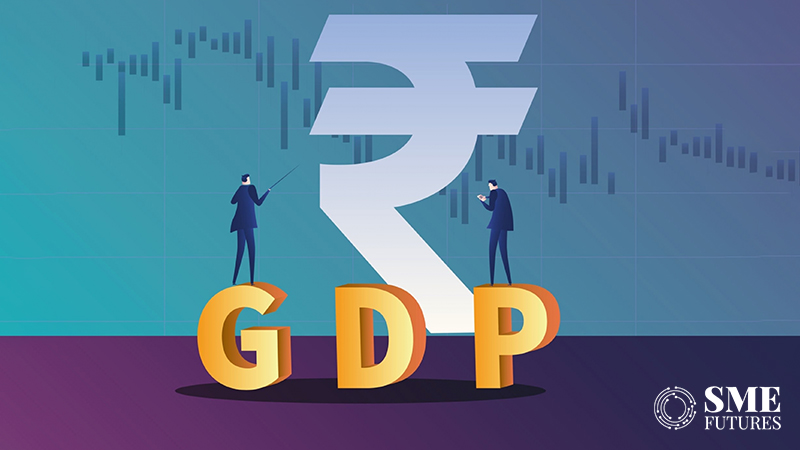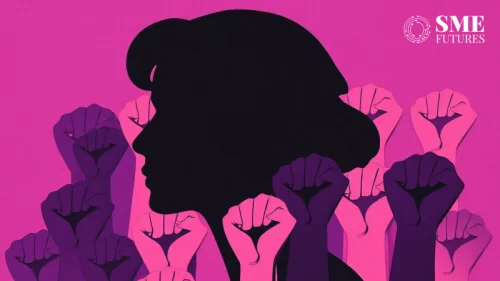While a favourable base effect should help accelerate India’s real GDP growth to around 7.5-8 per cent YoY in the June quarter, the growth trend is expected to soften over the remaining quarters towards 5-6 per cent YoY, foreign financial services major UBS said in a report.
“We anticipate sequential normalisation in household consumption growth to continue as purchasing power is impacted by tight monetary policy and the depletion of accumulated pandemic savings,” the report said.
Capex growth has largely held up on higher government (Centre and state) capex and strong demand for residential real estate. However, the pick-up in private corporate capex remains gradual on weak goods export demand and global growth uncertainty.
Finally, while India’s goods exports have contracted for the past five months, services exports have remained largely stable, it said. UBS India’s Composite Economic Indicator (UBS India-CEI) rose 4.4 per cent QoQ on a seasonally adjusted (SA) sequential basis in the June quarter (vs. 3 per cent QoQ in the previous quarter).
The indicator suggests economic momentum in India has been sustained so far, even as reopening tailwinds have gradually faded and global headwinds remain. However, on a monthly basis, sequential momentum has started to soften, with the lead indicator up only 0.9 per cent MoM in June compared to 1.8 per cent MoM and 2.1 per cent MoM in the previous two months.
“We maintain our view that despite reasonable headline growth, the underlying economic recovery post-pandemic remains uneven when looked at in terms of the rural-urban divide, manufacturing vs. services growth; and affluent vs. lower-income household demand,” the report said.











